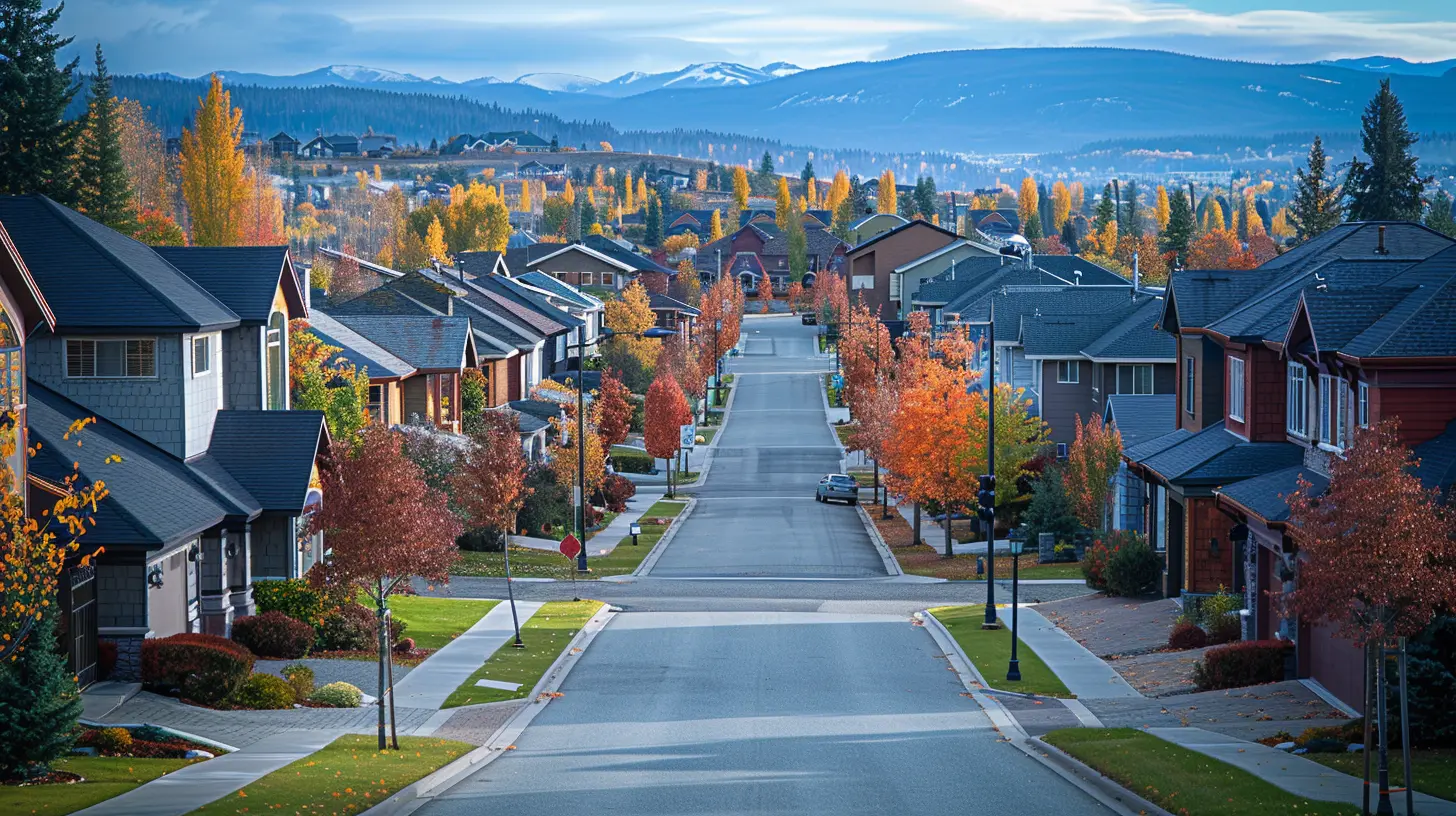8 February 2025
Have you ever wondered why the housing market goes up and down like a roller coaster? One minute, homes are selling like hotcakes (often above the asking price), and the next, there are “For Sale” signs everywhere with no takers in sight. What’s going on here? The answer can be boiled down to two fundamental forces: supply and demand. These two simple concepts influence nearly every aspect of real estate markets, dictating prices, trends, and ultimately, market cycles.
In this article, we're going to unpack the interplay between supply and demand and how it shapes the ebb and flow of real estate market cycles. So, grab a coffee, sit back, and let’s dive in!
What is Supply and Demand?
Before we get into the nitty-gritty of market cycles, let’s break down the basics. Supply and demand are like the yin and yang of economics—they balance each other out (most of the time). Here’s a quick refresher:- Supply refers to the amount of a product or service available in the market. In real estate, this means the number of homes for sale or the amount of housing stock available.
- Demand, on the other hand, is the desire and ability of buyers to purchase that product or service. For homes, it’s all about how many people out there are ready to buy.
When supply and demand are in harmony, the market is steady. When they’re out of sync? That’s when things get interesting (or chaotic, depending on your perspective). And those imbalances are what drive market cycles.
Understanding Market Cycles
A real estate market cycle is like the four seasons—predictable in theory but always a little tricky to navigate in practice. There are typically four stages in a market cycle:1. Recovery: The market is bouncing back from a downturn. Prices may still be low, and construction is sluggish, but demand starts creeping back up.
2. Expansion: Things heat up. Demand surges, inventory gets tight, prices rise, and builders start cranking out new developments to keep up.
3. Peak: The market hits its high point. Prices are at their peak, inventory is scarce, and affordability becomes a challenge for buyers.
4. Contraction: The market cools down. Supply outweighs demand, prices drop, and the pace of development slows.
But here’s the kicker: these cycles aren’t on a fixed timeline. One stage might last years, while another could fly by in months. So, what causes these shifts? You guessed it—supply and demand!
How Supply and Demand Shape Market Cycles
1. The Role of Demand in Market Booms
Demand is often the spark that ignites a hot real estate market. Picture this: a local economy is thriving, with new jobs drawing in droves of people. Suddenly, everyone wants a house. Buyers are lining up for open houses, and bidding wars become the new normal. Sound familiar? This is what we call a demand-driven market.When demand outpaces supply, prices start climbing. Why? Because buyers are competing for a limited number of homes. It’s like being at an auction—if you really want something, you’re willing to pay more to outbid the competition.
But here’s the kicker: demand doesn’t stay high forever. At some point, homes become too expensive, and many buyers are priced out of the market. That’s when we start transitioning to the next stage of the cycle.
2. The Impact of Supply on Market Cool-Downs
On the flip side, supply can play a major role in cooling things off. Let’s say builders have been watching the booming market, and they’ve started constructing new homes left and right. Fast forward a couple of years, and there’s now a glut of housing inventory. What happens? Prices start to drop because there are more homes than buyers.This is your classic case of supply outweighing demand. Sellers might have to lower their asking prices or offer incentives to attract buyers. And just like that, the market shifts into a contraction phase.
3. External Factors That Tip the Scales
It’s not just about simple math. External factors can throw a wrench into the supply-demand balance, too. Interest rates, government policies, and even natural disasters can influence housing markets in surprising ways. For example:- Low interest rates: These make borrowing cheaper, which fuels demand because more buyers can qualify for mortgages.
- Zoning laws: Stricter regulations can limit new construction, reducing supply and keeping prices high.
- Pandemics: Remember COVID-19? Remote work skyrocketed demand for suburban homes, shifting the market practically overnight.
These external forces can either amplify or dampen supply and demand dynamics, sometimes creating unexpected twists in market cycles.
Why Timing the Market is Tricky
Here’s the million-dollar question (literally): can you time the market? In theory, it sounds great—buy low during a contraction phase and sell high during a peak. But in reality, it’s not that simple. Real estate markets don’t move in clearly defined patterns like clockwork.For one, supply and demand changes aren’t always gradual. Market shifts can happen quickly, catching even seasoned pros off-guard. Plus, different regions and markets don’t always follow the same cycle. While one city might be booming, another could be cooling off.
Instead of trying to time the market, it’s usually better to focus on the fundamentals: buying when you can afford it, investing in areas with strong growth potential, and thinking long-term. At the end of the day, market cycles are just part of the ride—you can’t control them, but you can prepare for them.
What Can Buyers and Sellers Learn from Market Cycles?
So, what does all this mean for you? Whether you’re buying your first home, selling an investment property, or just curious about real estate trends, understanding supply and demand can give you a leg up. Here’s how:- For buyers: Know that competition will be fierce in a demand-driven market. Be prepared to act quickly, and don’t be surprised if prices are on the higher side. On the flip side, during a supply-heavy market, you might have more bargaining power.
- For sellers: Timing is everything. During a hot market, you might get multiple offers and sell above asking price. But in a slower market, you may need to adjust your expectations (and your price).
- For investors: Pay close attention to the bigger picture. Market cycles affect everything from rental yields to property appreciation, so understanding supply and demand dynamics is key to making smart decisions.
Conclusion
At its core, real estate is all about people. People need homes, builders create supply, and buyers drive demand. When these forces collide, they shape the market cycles that define the real estate world. It’s a dance of balance, imbalance, correction, and growth—all driven by basic economic principles.Understanding the role of supply and demand doesn’t just make you sound smart at parties (though that’s a nice bonus). It helps you navigate the real estate market with confidence, whether you’re buying your dream home, selling an investment property, or just keeping an eye on where the market’s headed next.
Want to stay ahead of the game? Keep an eye on those “For Sale” signs, track local inventory levels, and pay attention to the economic factors that influence buyer behavior. The more you know about supply and demand, the better equipped you’ll be to ride the waves of real estate market cycles.











Winter McMillan
Understanding supply and demand dynamics is crucial for predicting real estate market cycles effectively.
April 4, 2025 at 3:14 AM